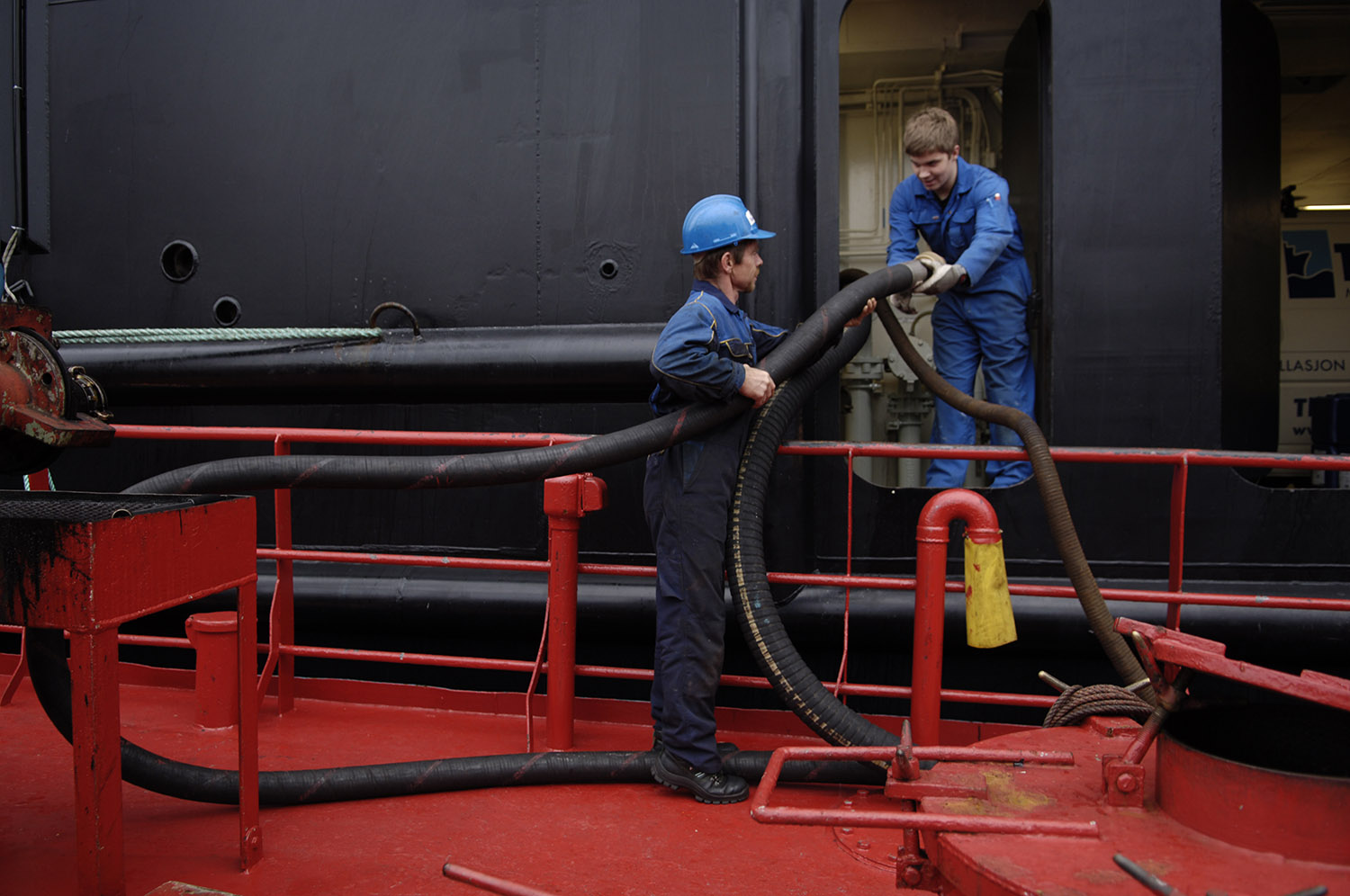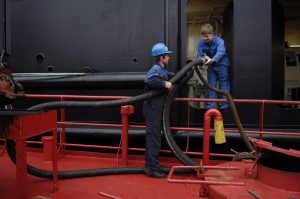I. Introduction
- The Crucial Role of Bunkering in Commercial Shipping
Bunkering, the process of supplying fuel to ships, plays a pivotal role in maintaining the commercial shipping industry’s relentless pace. In an environment where timeliness is critical, understanding the intricacies of bunkering procedures and the regulations that govern them can significantly impact a ship’s operational efficiency and safety.
- Navigating the Risks and Benefits of Bunkering
Understanding bunkering is a delicate balance of risk management and benefit maximization. It involves technical awareness, adherence to regulatory frameworks, and the ability to implement best practices to maintain a safe and efficient operation.
II. Regulatory Framework and Bunkering Essentials
- Navigating the Regulatory Landscape
Bunkering operations are guided by international and local regulations such as MARPOL, SOLAS, and the ISM Code. Familiarity with these regulations is fundamental in preventing violations that could lead to costly penalties or, worse, dangerous incidents.
- Understanding the Different Types of Bunker Fuels
To ensure safety and efficiency in bunker operations, understanding the different types of bunker fuels and their specific handling requirements, guided by ISO 8217 standards, is crucial. Each type of fuel comes with its unique set of characteristics, necessitating different handling protocols.
- Familiarizing with Bunkering Equipment and Systems
A clear understanding of bunkering equipment and systems is crucial in conducting successful bunker operations. These include pipelines, pumps, valves, and gauges, all of which play key roles in the fuel transfer process.
III. Pre-Bunkering Procedures: From Regulation to Application
- Ensuring Regulatory Compliance
Before commencing bunkering operations, it’s essential to verify compliance with regulatory frameworks. This involves reviewing the Bunker Delivery Note (BDN), completing a Safety Checklist, and ensuring adherence to guidelines by relevant maritime organizations.
- Making Technical Preparations
Assessing tank readiness, verifying the integrity of pipelines, and ensuring that all necessary safety gear is in place are critical steps that precede any bunkering operation.
- Coordinating with the Supplier
Effective communication and clear understanding of fuel requirements between the ship and the supplier are vital in avoiding misunderstandings that could jeopardize the operation.
IV. Execution of Bunkering Operations: Balancing Safety and Efficiency
- A. Ensuring Safe Connection Procedures
Line testing and secure hose connection are fundamental in maintaining a safe environment during fuel transfer.
- B. Monitoring the Fuel Transfer Process
Beginning the fuel transfer gradually, closely monitoring flow and pressure, and conducting sampling ensures the operation’s smooth execution.
- C. Maintaining Compliance and Safety during Operations
Continued adherence to regulations, maintaining constant communication, and having contingency plans in place are essential elements of safe and efficient bunkering operations.
V. Post-Bunkering Procedures: Ensuring Compliance and System Integrity
- Performing Disconnection and System Checks
After the completion of fuel transfer, ensuring system integrity, checking for leaks or contamination is paramount to avoid future complications.
- Handling Documentation and Compliance
Careful handling of the BDN, promptly reporting any discrepancies, and maintaining strict compliance with all regulatory requirements is crucial in post-bunkering operations.
- Implementing Waste Disposal and Equipment Cleaning
Adherence to regulations regarding waste disposal and maintaining system readiness through equipment cleaning are the final steps in the bunker procedure, ensuring readiness for future operations.
In conclusion, safe and efficient bunkering on commercial ships is a complex, multistep process requiring a solid understanding of regulatory frameworks, technical knowledge, and effective communication skills. Adhering to these guidelines ensures operational efficiency, safety, and regulatory compliance in the ever-dynamic world of commercial shipping.
By MaritimEducation team.


